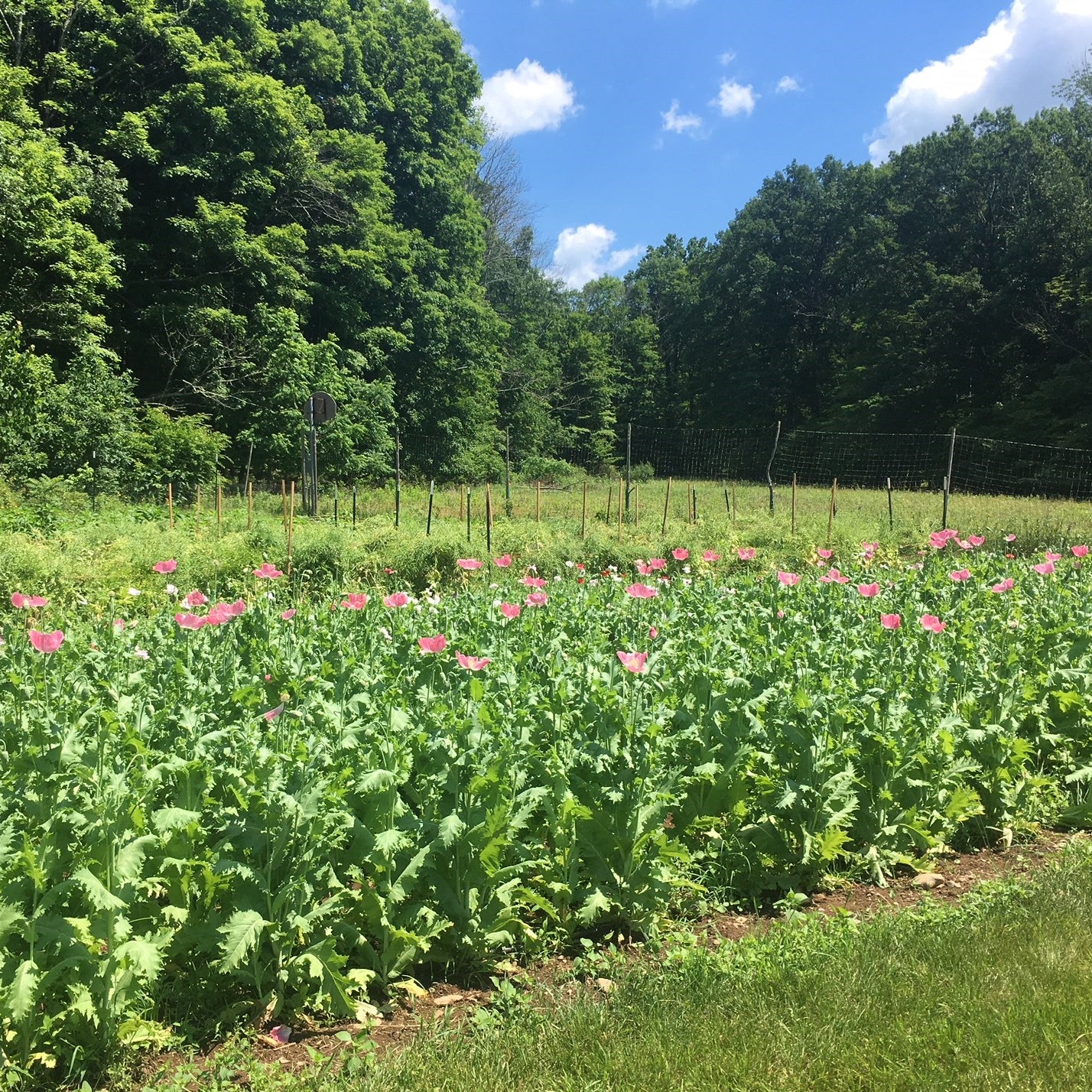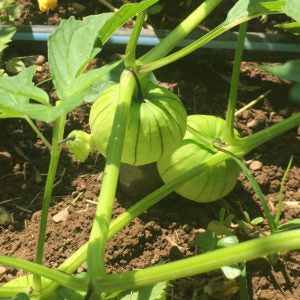July means hot days, sultry nights, swimming, barbecues, and the start of heavy garden harvests. We hope you're enjoying these moments and finding pleasure in your garden this year.
July also marks the start of a slow shift from a summer outlook to fall goals. It’s the critical time to start your fall garden, and a fall garden is essential for growing storage crops to last through winter. So, while you take a relaxing walk through the garden soaking in the peak of the hot season, enjoying the fruits of half a growing season’s worth of labor, start making plans for the second half of the growing period, and beyond, to the cold indoor months when stored memories of summer will have an extra special place at the table. Here are some activities and sowing opportunities for July.
1. Sowing now for fall harvests. Many crops can be sown directly outdoors starting now and some as late as mid-August. These include: basil, bok choy, beets, broccoli raab, bush beans, carrots, collards, kale, fennel, lettuce, parsnips, radishes, rutabagas, scallions, spinach, sunflowers, sweet corn, tatsoi, and turnips. Click here to see the full list of what you can sow in July.
The height of summer can be a tricky time to sow some seeds – the heat, limited rain, and pest pressure means approaching this task with extra vigilance and care. Some varieties are easier to start in indoor conditions first, then plant in the garden three weeks later. Try growing broccoli, brussels sprouts, storage cabbage, cauliflower, chard, collards, cucumbers, fennel, kale and rutabaga this way.
2. Watering continues to be a priority as July is usually dry and hot. Mature plants are hardier in drought than tender seedlings, but both will need additional irrigation. Germinating seeds should be kept in moist soil at all times. To help you gauge watering amounts, timing, and the right implements for you, take a look at our tips on watering in dry weather.
3. Pests and Disease. Increased humidity and a big overlap in activity of pest life cycles means July is a prime time for attacks from both bugs and diseases. Monitor your plants closely and regularly to prevent large outbreaks. Diseased parts of plants or whole plants can be pulled out and discarded in a separate compost pile, although it’s always best to know what issue you are dealing with before taking action. Usually, doing an online search for the name of the plant and description of its condition reveals the problem and a number of organic solutions. Here is a list of resources for diagnosing tomato issues - so read up and be on the lookout, just in case.
Our short-term approach to pest control is simple and unpleasant: squish them by hand, ideally while they are still in their egg phase (the long-term goal is to help the garden become a balanced eco-system where good bugs eat bad bugs, for example). The alternative, most often, is either a lost harvest or a garden full of chemicals. Take a look here to learn more about other organic pest solutions and to get familiar with common garden pests.
4. Weeding: keep on doing it! This is the time of year when many weeds are beginning to set seed, or in other words, beginning to make new weeds. It’s ideal to pull unwanted plants out when they are young because it is easier on the gardener, less stressful for the root system of your plants, and ensure that most available moisture in the soil goes to the crops, rather than being soaked up by weeds. That being said, it is all too easy to let a corner or two of the garden go forgotten and the weeds to take advantage. To buy more time before weeding thoroughly, snip off or weed-wack just the flower or seed heads of the weeds to keep them from self-sowing. Also, remember that weeds outside your garden’s perimeter are affecting your garden, even if they are separated by a fence. When those plants set seed, the seeds can cross the border and make a new home in the garden.
5. The first tender summer crops finally ripen in July and meals are all of a sudden punctuated by bright tastes and colors of cucumbers, summer squash, and tomatoes. How you approach harvesting can help the plant be more prolific, or instead weaken it, not to mention the taste difference between an under-ripe, over-ripe, and perfectly ripe vegetable. For highlights on growing and using specific tender summer crops, click on the name of each: summer squash, cucumbers, and tomatoes.
6. Soil care. The middle of the growing season is a great time to help out our hard-working soils. Side dress existing plants with a little compost, mulch, or foliar feed to help the crops beat the stress of heat and keep your soil healthy. When replacing spring/summer crops with fall plantings, keep soil in mind when planning where to place your new crops. For example, following peas or beans, which release nitrogen into the soil, with heavy feeders such as carrots or beets will help maintain the mineral balance in your soil.
7. Our final tip is to stay out of the peak-heat. This is the time of year when the logic of a farmer's schedule of keeping very early hours is most obvious. Working in the early morning and in the evening is not only easier for the grower, it is less stressful for the plants too. Weeding, harvesting, thinning, and handling plants in general when the day is at its hottest and driest can cause wilting... for both.









